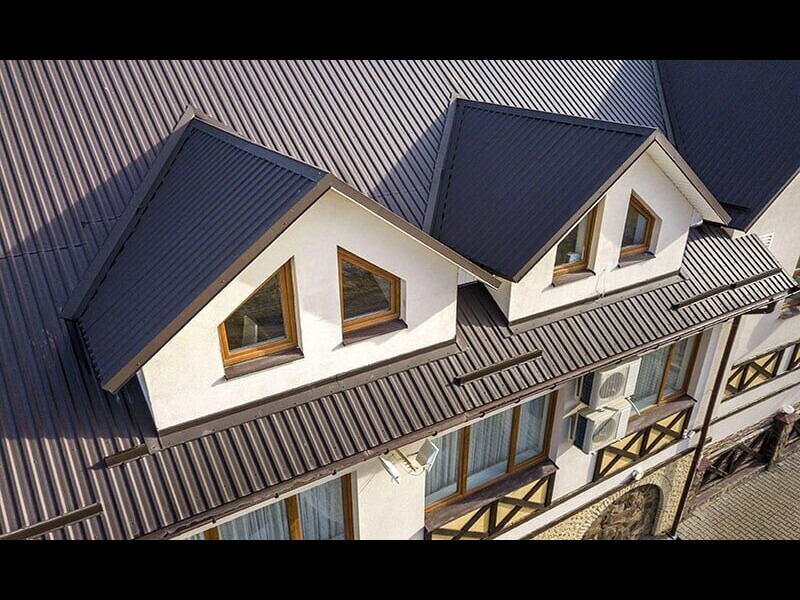Roofing, an integral part of any structure, serves a dual purpose: shielding homes from the elements and enhancing architectural aesthetics. This often-underappreciated component plays a significant role in the overall durability, energy efficiency, and visual appeal of a building. In this article, we will embark on a journey to explore the unique aspects of roofing, its evolving trends, and its contribution to the grand tapestry of modern architecture.
- The Shield Against Nature’s Fury
Roofing, the first line of defense against nature’s whims, safeguards our homes from rain, snow, wind, and sunlight. Different climates and regions demand various roofing materials. For example, in areas prone to heavy rainfall, materials like asphalt shingles, metal, or clay tiles provide superior water resistance. Likewise, regions experiencing scorching heat might favor reflective and insulating materials to minimize heat absorption.
- The Eco-Friendly Roof Revolution
The rising environmental consciousness has led to a surge in eco-friendly roofing solutions. Green roofs, also known as living roofs, have become increasingly popular. These roofs are adorned with vegetation, creating a natural insulation layer, improving air quality, reducing stormwater runoff, and mitigating the urban heat island effect. Additionally, solar panel roofs harness the sun’s energy, providing sustainable power and reducing reliance on fossil fuels.

- Aesthetic Delights Overhead
Roofing has transcended its purely functional role to become an opportunity for architectural expression. Today, roofs come in a myriad of designs, shapes, and materials. Modern architecture often features flat roofs, lending a sleek and minimalist aesthetic. Traditional homes might showcase the elegance of sloped roofs with clay tiles or wooden shingles. Contemporary designs embrace the concept of green roofs, incorporating nature seamlessly into the structure.
- The Art of Roofing Materials
Roofing materials have evolved, offering a wide range of options to suit diverse tastes and budgets. Asphalt shingles, the most popular choice, are durable, affordable, and available in various colors and styles. Metal roofing offers longevity, fire resistance, and excellent energy efficiency. For a touch of elegance, clay or concrete tiles provide a timeless appeal. Other materials like slate, wood shakes, and synthetic options offer unique textures and character to elevate any architectural style.
- The Science of Roofing Technology
Advancements in technology have revolutionized the roofing industry, enhancing both performance and convenience. Innovative products like self-adhesive membranes and synthetic underlayments provide superior waterproofing and ease of installation. Drones equipped with thermal imaging cameras help identify leaks and assess roof conditions. Additionally, smart roof systems integrated with sensors and weather monitoring technologies enable proactive maintenance and enhance energy efficiency.
- The Roofing Professionals: Architects of Protection
Behind every robust and visually stunning roof, there are skilled roofing professionals who bring ideas to life. Roofing contractors, architects, engineers, and designers work together to create functional, durable, and aesthetically pleasing roofing systems. Their expertise ensures that roofs withstand the test of time while meeting building codes and safety standards.
Conclusion
Roofing is a crucial element that marries practicality and design in the realm of architecture. From protecting our homes against the harshest elements to making bold design statements, roofing plays an indispensable role in shaping our living spaces. As new technologies, materials, and design trends continue to emerge, the world of roofing evolves, offering limitless possibilities for homeowners, architects, and builders alike. So, next time you look up, take a moment to appreciate the intricate craftsmanship and innovation that goes into creating the roof over your head.

